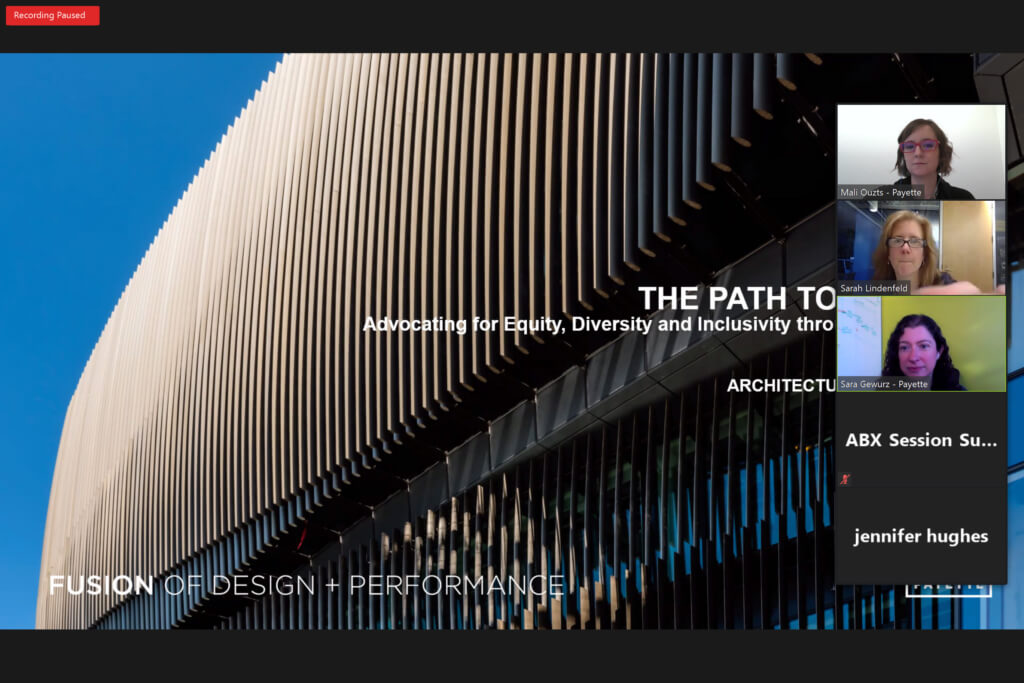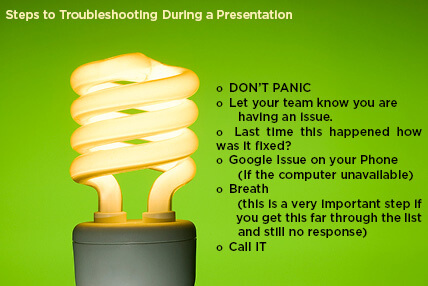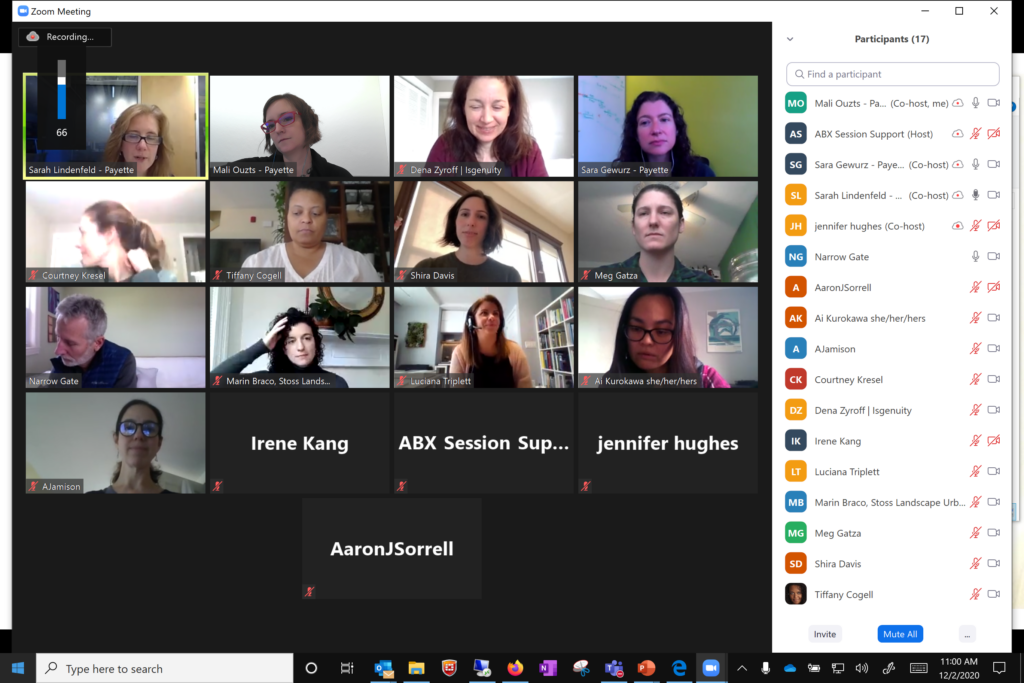A lot has changed since September of 2019 when we first presented The Path to Change: Advocating for Equity, Diversity and Inclusivity through Management at the Women’s Leadership Summit. When we applied to speak at ABX there was no reason to think anything would be different except the audience. Then COVID hit and we all packed up our monitors and trace paper and wondered just how many meetings would become e-mails.
We quickly learned that none of those meetings would become e-mails and we stepped into our roles behind a webcam and thus so did the conferences. As ABX approached it zoomed into the digital world with us and we then wondered how to keep the essence of our talk through a 15” screen with the three of us sitting in different rooms from each other and from our participants?
It turned out just as seamlessly as the move home was.

In preparation for ABX Sarah Lindenfeld, Sara Gewurz and I set up practice sessions where we figured out who should run the PowerPoint, how we should track time, and with the help of the ABX team we practiced hopping in and out of Zoom break out rooms so when it was game time we were able to focus on our content and participants.
So, how did it go? Wait just a few more sentences it is coming!
The format for our presentation was split into three sections:
- Practice Management – Advocating for Change on a Senior Leadership Level
- Project Management – Advocating for Change on a Project Team Level
- Upward Management – Advocating for Change from the Bottom Up
As my part came last, I strapped in and listened to my fellow presenters. But, midway through Sarah telling people to not be Melinda Mae (a wonderful reference to Shel Silverstein as a reminder to not bite off more than you can chew) my computer screen went dark. Gone were the days that the laser pointer battery died leading to energetically waving our arms. It was time to take a breath and solve the issue … in 10 minutes.

After a few stressful moments, my screen came to life again.
Presenting via Zoom is oddly similar to presenting in person, in that it can feel like a bit of a blur. The difference, however, is there is no audience to gauge the level of engagement. You do your best as your jokes are met by muted black boxes with names over them, and as you approach the end there is the moment of truth: was the audience interested and engaged or are they just here for the AIA credits?
As we prepared for our breakout rooms, I found myself wondering if this will mimic life which has seen a vast reduction in seeing people as the months progressed, leaving me some days only seeing my husband’s face. To my relief that was not the case. Within a minute, each little named box suddenly morphed into a smiling face ready to talk and listen.

My group focused on brainstorming strategies for recruiting and staffing to support inclusivity. With minimal prodding the group began to share what their firms were doing. Listening to people who have never met share, engage and inspire each other was more fulfilling than the presentation alone. Young staff had the opportunity to hear how senior leadership thinks and ask questions without the stigma of having their job tied to it, and for senior leadership to better understand what younger staff needs to feel included.
It amazed me to see how flexible we have all become in this new setup. Each firm has continued the conversation on Equity, Diversity, and Inclusivity even if they cannot meet face to face. Many firms have started book clubs focused on these discussion topics. They have found that even if the book is not discussed, having a diverse group gathered breaks down walls in their offices and builds vital connections that echo through their work. Other firms have changed the way they recruit by allowing their onboarding process to be done remotely, allowing new staff to remain remote until they can relocate to Boston (which can be a cost prohibitive city). I exited the room after 10 minutes, allowing the group to continue discussions without the moderator looming over them like a on exam day.
When everyone returned to the main session, the conversation continued as energetically as it had in the breakout rooms. Each group summarized their discussion, which spurred additional questions and suggestions. The ABX team sadly stepped in to say our time had run out, but it was clear we had achieved a successful and enlightening talk through a digital platform which can often be isolating when not handled properly.


